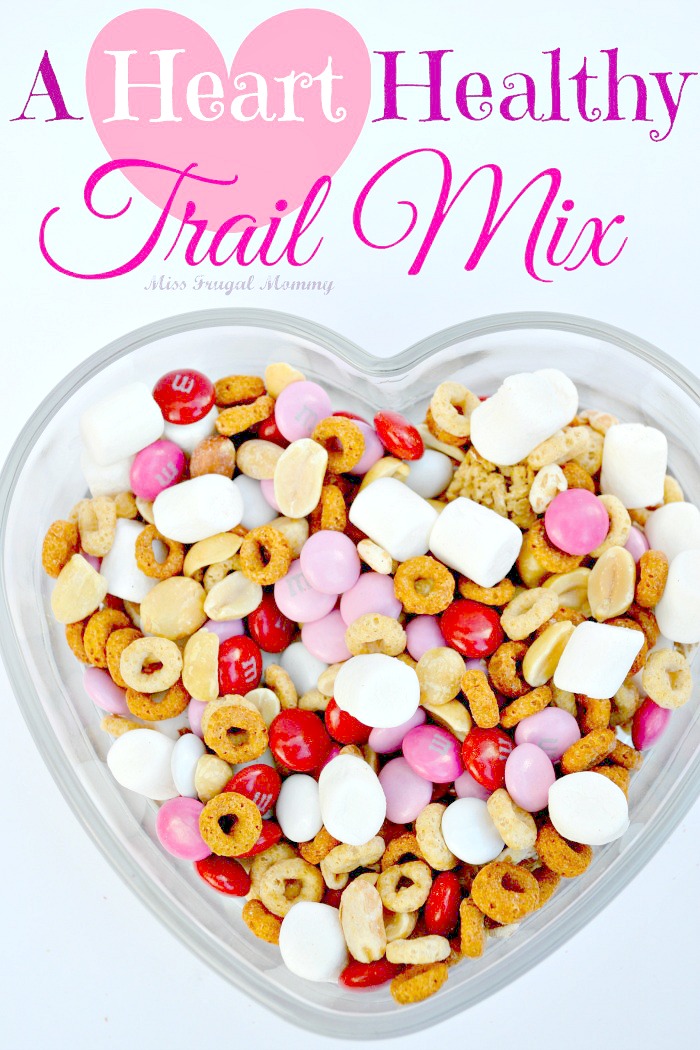Use These 7 Seasonal Add-ins To Spruce Up You Summer Muffins
What’s the thing everyone goes “Derpy” for? Muffins! They’re sweet, but not too sweet. They’re great for breakfast or lunch or even a small snack. Depending on what’s in them, they can even be healthy! The three most commonly seen muffins are blueberry, banana walnut and chocolate chip. These three are all very tasty, but if you’re baking your own, why not go for the gusto? That is especially true now that it’s summer and so many tasty and nutritious fruits are in season. Fruits have little to no sodium or cholesterol, so even people on special diets will be able to enjoy their flavor. Many fruits have vitamins and nutrients that can actually ward off certain diseases.
There are many good reasons to eat seasonal fruits. As seasonal fruits are allowed to ripen naturally they are filled with healthy antioxidants. A natural ripening affects the flavor and texture as well. What’s more, in season fruits are less expensive. Let’s take a look at seven seasonal add-ins to spruce up your summer muffins.
Berries
Blueberries are the go-to berry to put in muffins. A few commercial muffin mixes come with a can of blueberries because people just like real juicy berries better than those dried and shriveled blueberries in name only. If you prefer cooking from scratch with plump, fresh berries (the canned ones tend to be on the puny side) this blueberry muffin recipe found on Foodal might be what you’re looking for. Something about cooking a blueberry just makes it taste even sweeter. Not only do they taste great, blueberries are an antioxidant superfood. How many “good for you” foods practically taste like candy?
But it doesn’t end with the blueberries! There are blackberries, gooseberries, huckleberries, boysenberries, strawberries, mulberries and raspberries to gently fold into your muffin batter. If you are lucky, you may live in an area where you can go out and gather a basket of them for free. If you’d like to try strawberries in your muffins, you might have to cut them up or just puree them in a blender or food processor. Wild strawberries are smaller than their domestic cousins, but very flavorful. You may find your berries so sweet that you have to add a dash of lemon juice for contrast. Vanilla extract, Greek yogurt and sour cream are also additives that can contrast and enhance the flavor of berries. No matter what kind of berries you get, they will be packed with Vitamin C, making a sweet treat you won’t feel bad about indulging in!
Orange Zest
Do your chocolate chip muffins need something to give them a little extra zing? Try orange zest! All you have to do is rub the outside of an orange rind against a grater and you’ve got orange zest. Stop when you get to the white part, though! The white part of the orange peel (called the albedo) is nasty and bitter. You don’t want it. If you decide to go with dehydrated orange zest, keep it in an airtight jar and remember that a little goes a long way. Use only a third of what you would use in a recipe calling for fresh zest. Zest is a great way to add a citrusy flavor to foods without adding extra liquid. It’s also a good way to add some extra fiber to your diet as orange peel has more fiber than the pulp itself. And, yes, that sunny Vitamin C oranges are famous for is here too. You will also find riboflavin, Vitamin A and complex B vitamins. A skin healthy substance called limonene makes up ninety percent of the citrus peel oil.
Orange zest can bring out the flavor in many dishes, both savory and sweet. Large chunks of orange peel are not easy to digest so grind it extra fine. Wash and dry the fruit before grating to ensure there’s no wax, pesticide or other chemicals. Where muffins are involved, it just seems to go best with chocolate. It doesn’t matter if the chocolate chips are milk chocolate, semisweet or dark. You wouldn’t expect the flavors of chocolate and orange go together, but somehow they do. Why wait until Christmas to have a chocolate orange? Have the flavor in a muffin now! Most berries, raisins and nuts also have their flavors enhanced with a dash of orange zest in the mix. Coconut and poppy seeds are also welcome accompaniments to your sunny muffins.
Peaches
Here’s a delicious summer fruit straight out of Georgia that is rich in antioxidants, fiber and vitamins. People speak of “peaches and cream” skin, but did you know that peaches can make the skin healthier? Compounds found in peaches can improve your skin’s ability to retain moisture. This can lead to skin that is smooth and pliant. Canned peaches have a more yielding texture than fresh ones and the fuzzy skin and stony pits are already removed. However, they tend to not have as many antioxidants as the fresh. Their high fiber content makes them a great snack choice for diabetics who want something sweet, but need to watch their glucose intake. The peach is rich in phosphorus, potassium and the Vitamins A, C, E and K.
Ideally, a ripe peach should be a deep golden yellow with a bit of a blush. It should be moderately soft. If the skin near the stem starts to shrivel, the flavor will be intense but not very moist. Peel and chop your peaches, real good to make them into muffins. If you don’t mind the fuzz, keep it on for some extra fiber. Cinnamon, ginger and nutmeg will bring out the flavor as will vanilla. Greek yogurt or sour cream will give you that “peaches and cream” flavor. For a little taste of Germany, top those muffins with a crumbly streusel.
Mangos
Feel like getting a little exotic with your summer muffins? Try this tropical fruit, so exotic Strawberry Shortcake doesn’t have a friend named after it! ( If she did, said friend would probably wear an orange and green ombré sari and have a pet monkey.) Despite what a recurring Saturday Night Live character may tell you, yes, you can have the mango! As this fruit is full of the vitamins A, C and B9, you may want to get several! This fruit is low in calories and high in fiber so it’s great for people on a weight loss diet. The vitamins and antioxidants make this fruit healthy and useful in warding off diseases.
As with bananas, a cooking mango should be very ripe. It should be soft enough to mash to a pulp using a fork. As with bananas, mangoes will ripen faster if sealed in a bag and left at room temperature. As mangos tend to have an ombré color, you will have to use smell and texture to determine if it is ripe. Avoid a fruit that has sap on it. Try some lime zest or lime juice and coconut flakes to give your muffins a real burst of tropical flavor. If you like a little extra crunch, add some almonds. Macadamia nuts will make some crunchy muffins with a Hawaiian flavor. Try one and your taste buds will say “Mahalo!”
Figs
It’s the wrong season for figgy pudding, but just the right season for fig muffins! In many cultures, the fig is a symbol of abundance and femininity due to being filled with soft seeds. These are edible and do not need to be removed, unless you plan on saving them to grow another fig tree. Figs do not keep well in their natural state, so you may have to either purchase them dried, as jam or harvest them yourself if you’re fortunate enough to have a fig tree growing on your property. A cooking fig should be plump, soft, unblemished and sweet smelling. They’re a good source of fiber as well as Vitamin K, iron, calcium, manganese and phosphorus.
Rolled oats will add a nutty flavor without being too crunchy. You can use fig jam or dried figs in your muffins or you can puree your fresh figs. They also pair well with applesauce and/or walnuts. Traditionally, figs are served with honey. Fans of Greek cuisine might like their fig muffins with a little bit of goat cheese, but cream cheese will work if that’s not to your taste. And of course, Greek yogurt is always a tasty and healthy choice that will make you should “Opa!”
Lychee
Here’s a very rare fruit that very few people have even tried. The flavor of the lychee is very sweet and succulent. It is called “white whirlwind” in its native China. When the rough and bumpy skin is peeled off, a white and shiny flesh is revealed. These summer fruits are only eaten fresh as they lose all their fragrant scent and thus flavor in the canning process. Lychee if full of the B complex vitamins plus vitamin C, copper, iron, fiber, potassium and plenty of antioxidants. People with asthma and other respiratory problems find lychee calms their symptoms.
A ripe lychee will have a pink or red skin and will not continue to ripen after being picked. The fruit should be firm yet springy. For muffins, lychee should be peeled, chopped and the seeds removed. Larger pieces have more flavor. A tart buttermilk batter suits them best. Cinnamon, cloves and brown sugar all bring out the sweetness of the lychee. Bananas and coconuts will give this summery fruit more of a tropical aroma. Other tropical fruits that go with lychee are mango, pineapple and passion fruit. The juice can be reserved to make a syrup that can be added to cocktails or ice cream.
Cherries
I cannot tell a lie. Cherries are great in muffins! Many people just think of cherries as garnish, but they can provide great flavor all on their own. Sweet cherries have an appreciable amount of Vitamin C but sour cherries have even more. Those healthy antioxidants are there too. Good cherries are plump, shiny and firm with no blemishes. If the stem is missing, the cherry will rot faster so it must be used (or just eaten) right away. The varieties Bing, Lambert and Rainier are the most popular due to their sweet flavor. If you choose to cook with them, you will not need to add much sugar.
You can mix maraschino cherries with crushed pineapple if you want your muffins to taste like pineapple upside-down cake. Pair your cherries with almonds for a little crunch. They also pair well with chocolate, the darker the better. Make sure the cherries are pitted before you use them. Maraschino cherries, typically are already pitted, but it never hurts to check. Cherry muffins are another type of muffin that is best when served with a crisp streusel topping.
If you want a healthy and tasty add in to give a unique taste to your muffins this summer, consider some in season fruits. Each different fruit will have its own recommended method of preparation and ways of telling if it would be good for cooking. It has been surmised that animals that eat fruit can see colors as color is a necessary factor in telling if fruit is ripe enough to eat yet. Fragrance is also a tell tale sign. If your fruit seems to have no scent, it is under ripe. Over ripe fruit will smell like mildew, alcohol or just rather sour. Inspect your fruit before purchasing it. If you have an opportunity to harvest fruit for yourself, know what to look for before you start picking. Do keep in mind that some fruits will continue to ripen after picking and some won’t.
In Andrew Lloyd Webber’s The Phantom of the Opera the young singer, Christine Daaé sings a song called “Think of Me”. One of the lyrics in this ode to nostalgic yearning is “Flowers fade, the fruits of summer fade, they have their seasons, so do we.” Enjoy summer fruits while they’re here. When summer is over, it will be several months before they come back.


